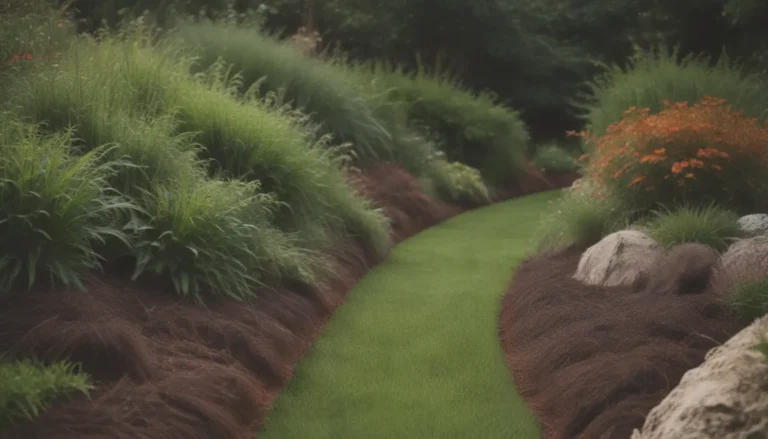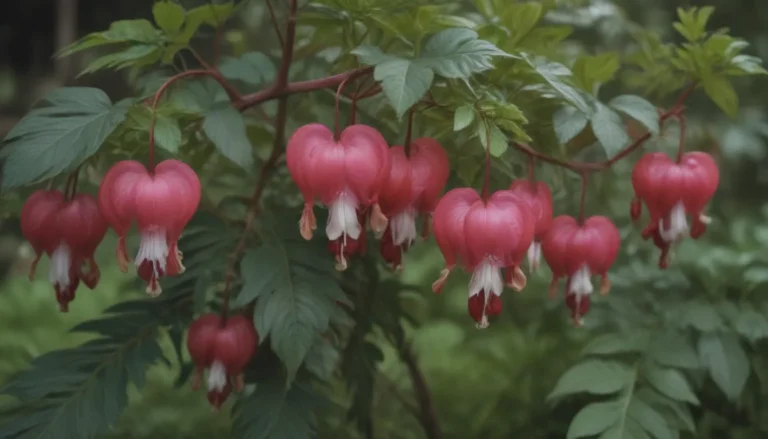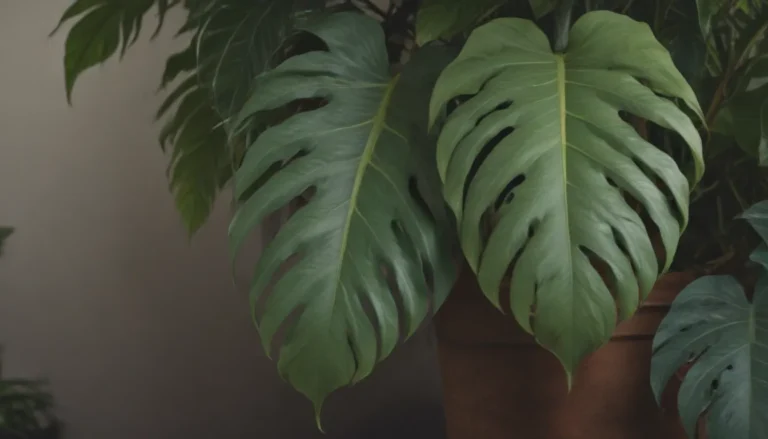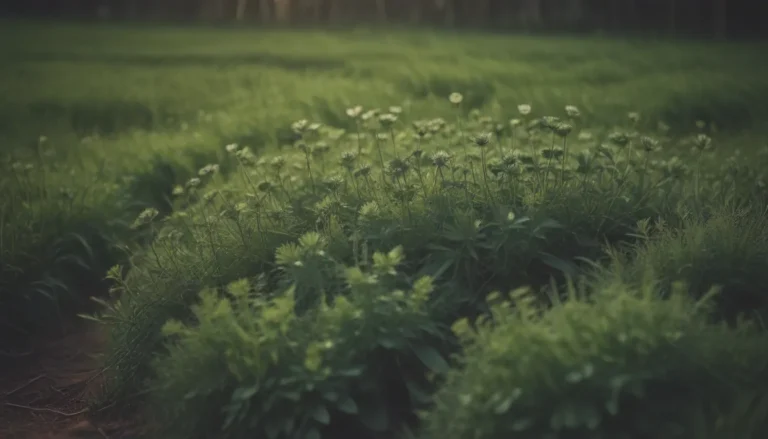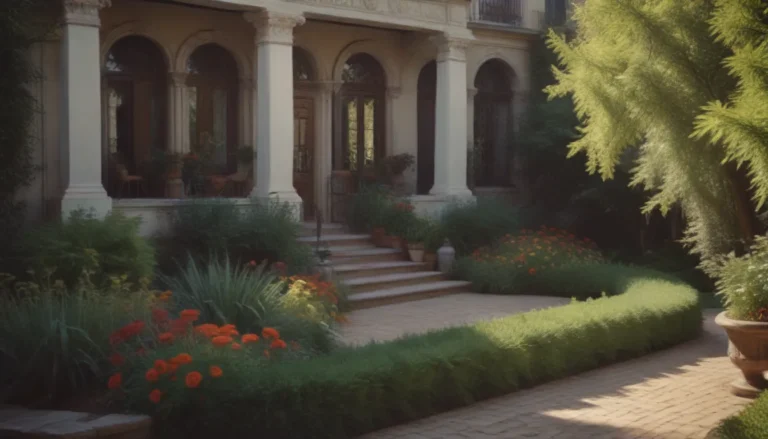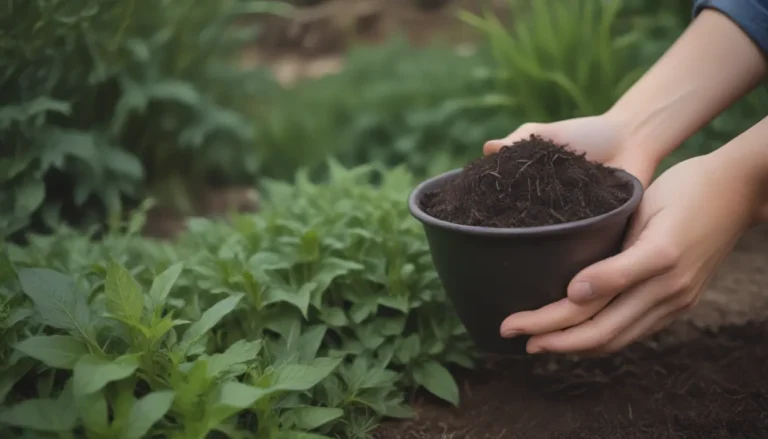The Ultimate Guide to Understanding Azalea and Rhododendron Flowers
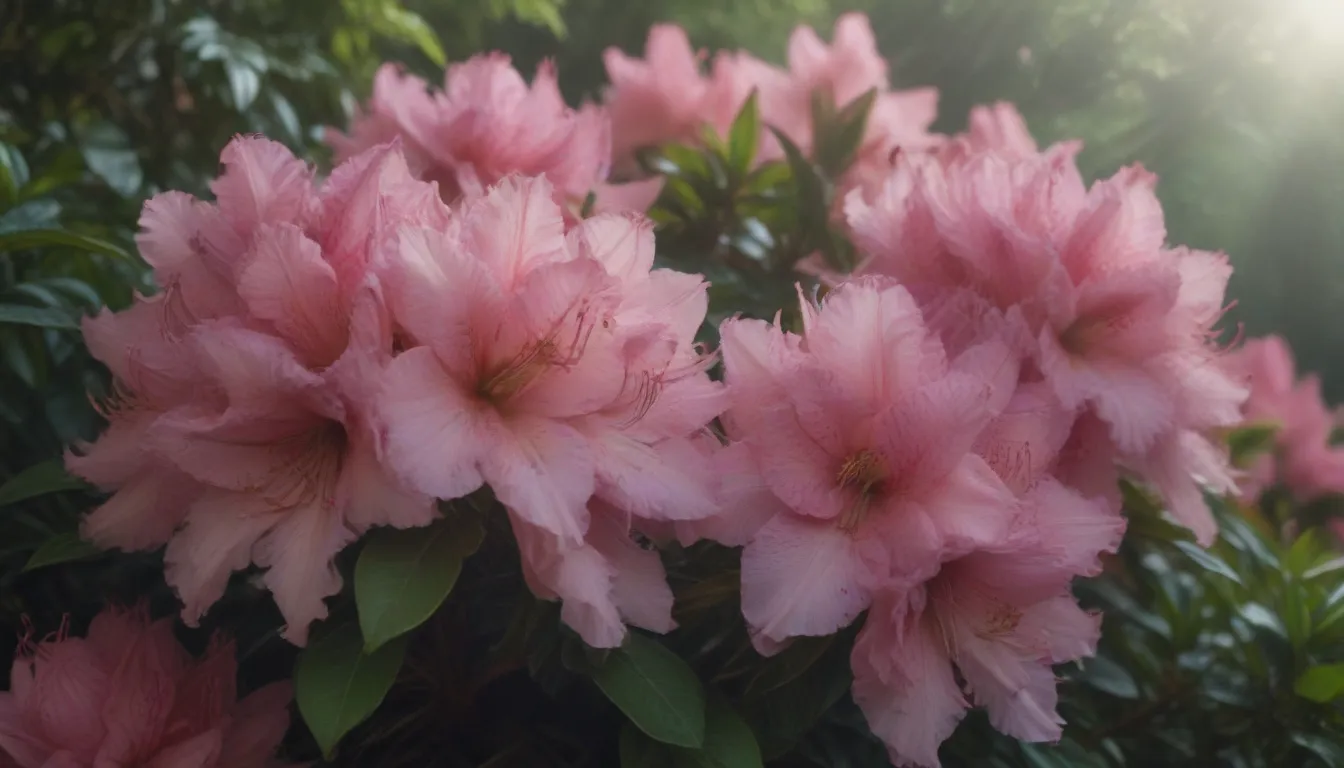
When you stroll through a garden or nursery, you may find yourself admiring the beautiful blooms of azaleas and rhododendrons. But if you’re like many people, you might struggle to identify which is which. The confusion is understandable, as all azaleas are actually rhododendrons, but not all rhododendrons are azaleas. These two plants share many similarities but also have key differences that set them apart.
In this comprehensive guide, we will delve into the world of azaleas and rhododendrons. We’ll explore their similarities and differences, growth habits, leaf and flower characteristics, climate adaptability, and more. By the end of this article, you’ll be equipped with the knowledge to easily distinguish between azalea and rhododendron flowers.
What Are Azaleas?
Azaleas belong to the genus Rhododendron and come in over 10,000 different varieties. These plants are known for their vibrant, showy flowers that range in color from white to purple, pink, red, orange, and yellow. Native North American azaleas are deciduous, shedding their leaves in the fall. They vary in size and shape, with some growing as small shrubs and others as larger, tree-like plants.
Key Features of Azaleas:
– Deciduous nature, shedding leaves in the fall
– Vibrant flowers in various colors
– Prefer acidic, well-draining soil
– Relatively pest-free and easy to grow
Types of Azaleas
- ‘Coral Bells’
- ‘Golden Oriole’
- ‘Ramapo’
- Alabama Azalea
- Flame Azalea
- Korean Azalea
- Encore® Azalea
What Are Rhododendrons?
Rhododendrons are members of the Ericaceae family and are classified as an entirely different plant than azaleas in the nursery trade. These plants can range from compact shrubs to tall trees, with large clusters of bell-shaped flowers and evergreen leaves. Rhododendron blooms are typically white, pink, purple, and red, appearing in clusters at the end of branches.
Key Features of Rhododendrons:
– Large clusters of bell-shaped flowers
– Evergreen leaves that are deep green and glossy
– Prefer filtered shade and acidic soil
– Require irrigation during dry periods
Types of Rhododendron
- ‘Dr. A. Blok’
- Carolina Rhododendron
- Catawba Rhododendron
- ‘Ginny Gee’
- ‘Lee’s Dark Purple’
- ‘Roseum Elegans’
- ‘Vulcan’s Flame’
Key Differences Between Azaleas and Rhododendrons
Growth Habits
- Azaleas vary in growth habits, from dense to upright, with heights ranging from under a foot to over 15 feet.
- Rhododendrons range from small hybrids to large tree forms, reaching heights of 5 to 20 feet.
Leaf Characteristics
- Azalea leaves can be evergreen or deciduous, thin and elliptical to obovate in shape.
- Rhododendron leaves are typically evergreen, thick, leathery, and glossy, with undersides that may be fuzzy or scaly.
Flower Characteristics
- Azalea blooms are funnel-shaped with five stamens, appearing in various colors in spring.
- Rhododendron flowers are larger, bell-shaped, with 10 stamens, blooming in clusters at the end of branches.
Climate Adaptability
- Azaleas thrive in USDA Hardiness Zones 6a – 9b, with some heat-tolerant varieties available.
- Rhododendrons prefer cooler temperatures and do best in Zones 4a-8b.
Similarities Between Azaleas and Rhododendrons
While azaleas and rhododendrons have their distinct characteristics, they also share similarities that make them beloved choices for gardeners:
- Both plants are woody shrubs in the Ericaceae family.
- Prefer filtered shade and well-draining, acidic soil.
- Mulching helps retain moisture and keep roots cool.
- Pruning and deadheading are important for maintaining plant health.
Whether you’re a seasoned gardener or just starting out, understanding the differences between azaleas and rhododendrons can enhance your gardening experience. Keep these key distinctions in mind the next time you come across these beautiful flowers in your garden or at the nursery. And remember, while they may look similar at first glance, each plant has its own unique characteristics that set it apart.
With this guide at your fingertips, you can now confidently identify and appreciate the beauty of both azaleas and rhododendrons in all their glorious forms. Happy gardening!
